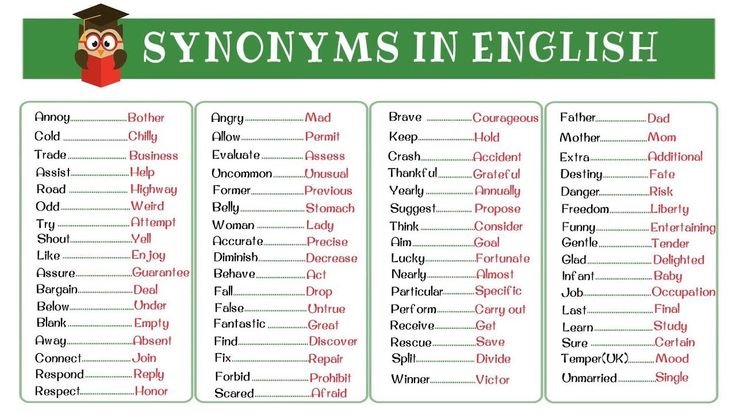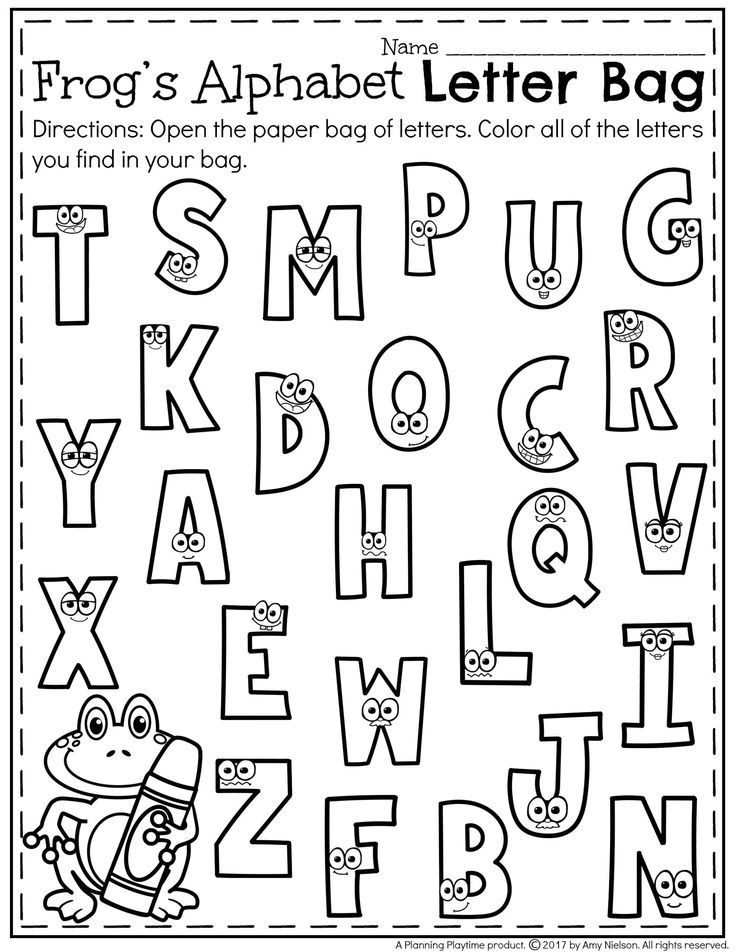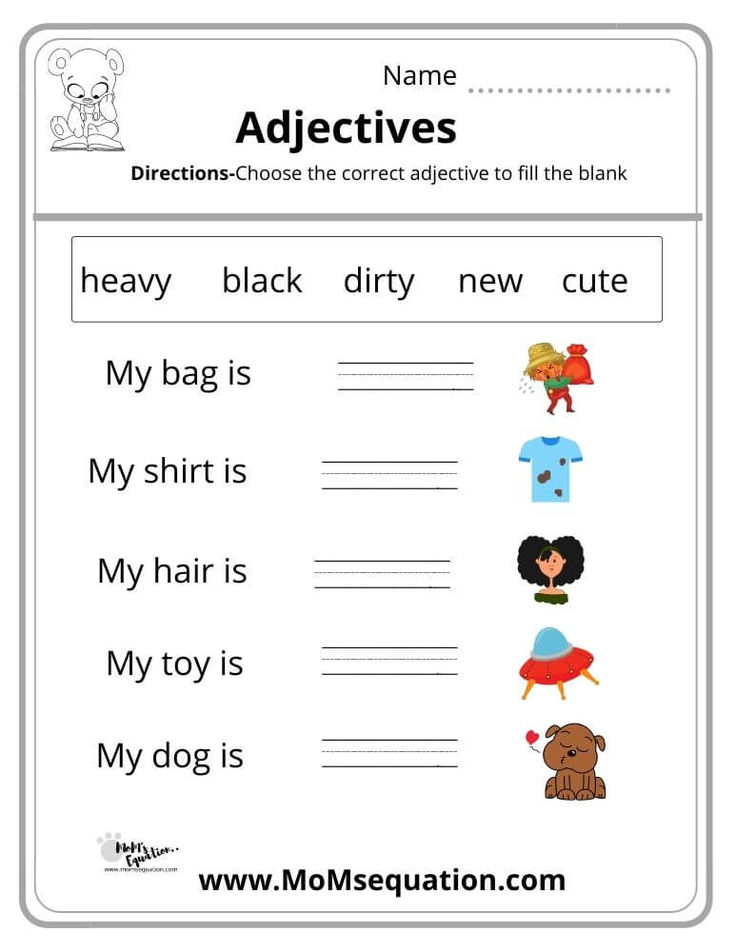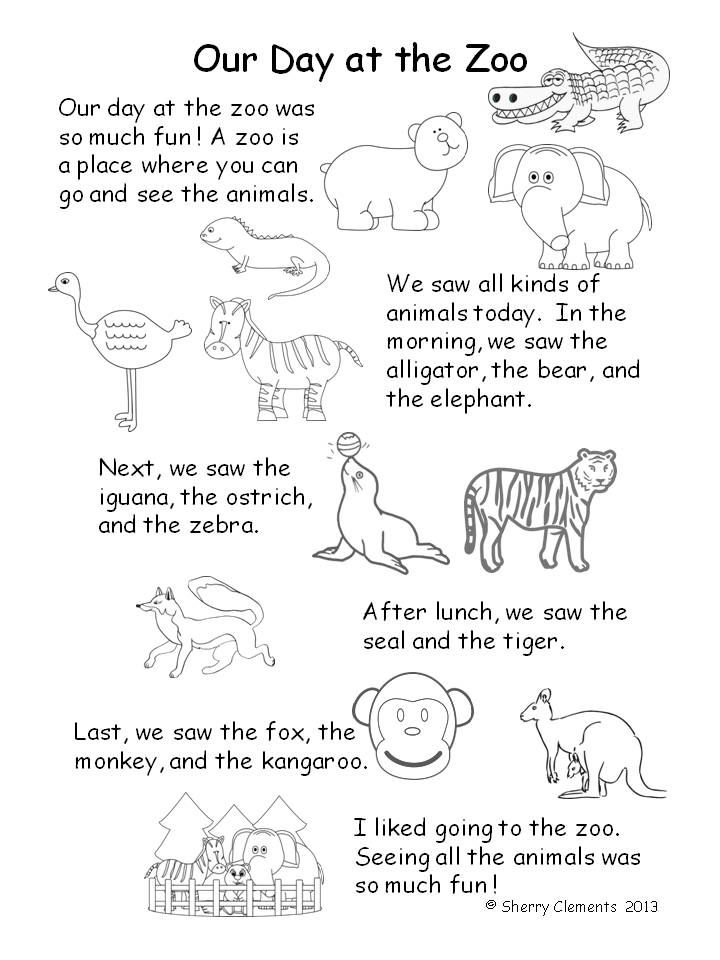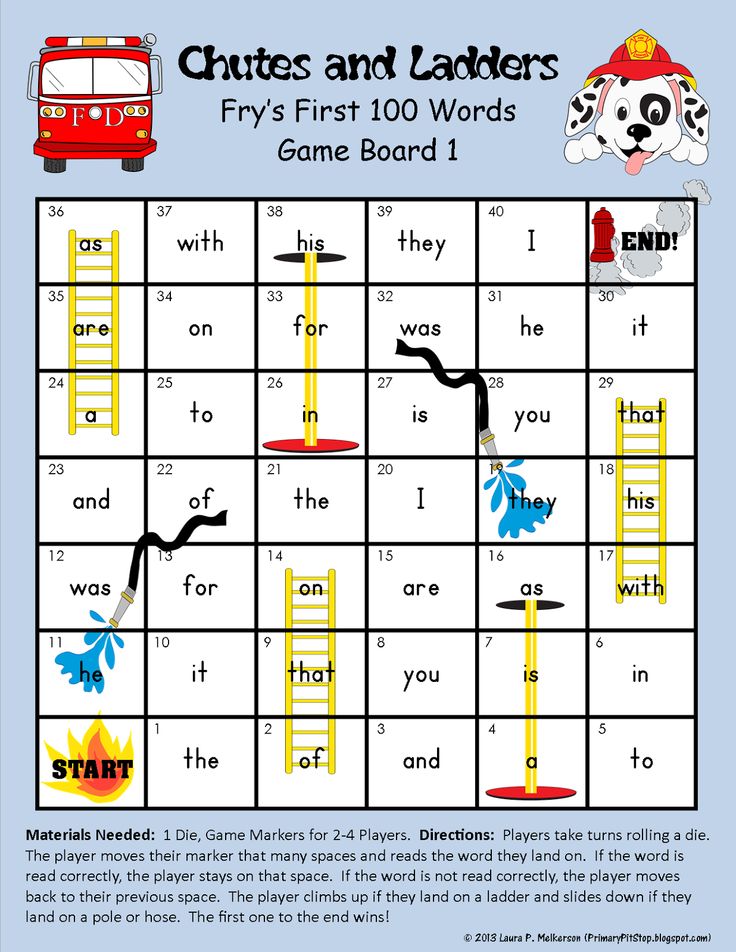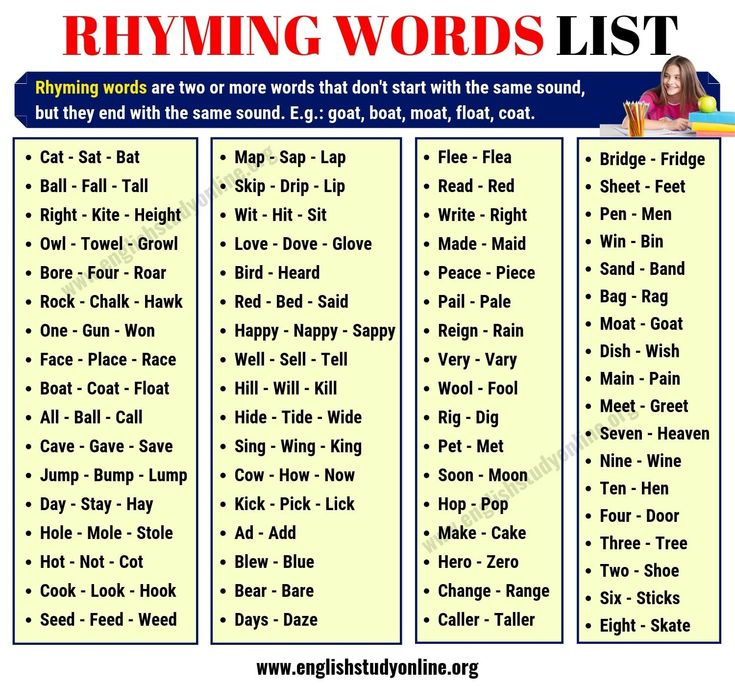Alphabets and their sounds
Learn Pronunciation with Speak Method
The Sounds of the Alphabet: Learn Pronunciation with Speak Method| English Online with Speak Method |
|
| Online Classes | Pronunciation Facts | R, Th, T and other sounds | 500 Words Practice |
| Local Classes | Business Communication | TOEFL Prep | ESL Stories |
| Contact us | Vowel
Sounds |
Grammar and Idioms | For Young People |
With
this alphabet chart, understand how to say
the names of the letters and read about all the sounds of each letter
from the alphabet. These are the basic phonetic sounds for American English. To learn important sounds using free videos
online, go to Pronunciation in
English: 500 Words.
|
Letter |
Sound of Letter Name |
All sounds of letter |
Examples |
|
A, a |
ā-ee (long a to long e, also spell "ay") |
, ā, ah, ā-uh, uh |
cat, late, all, and, around |
|
B, b |
Bee |
buh |
bike |
|
C, c |
See |
kuh, suh |
cake, city |
|
D, d |
Dee |
duh |
did |
|
E, e |
Ee |
eh, ee, silent |
bed, free, late |
|
F, f |
Ef |
fuh |
fed |
|
G, g |
Jee |
guh, juh |
glad, large |
|
H, h |
ā-ch |
huh, silent |
hotel, what |
|
I, i |
ah-ee |
ah-ee, ĭ |
light, sit |
|
J, j |
Jay |
juh |
jump |
|
K, k |
Kay |
kuh |
kite |
|
L, l |
El |
luh, ul |
lot, full |
|
M, m |
Em |
muh |
mother |
|
N, n |
En |
nuh |
nest |
|
O, o |
ō (oh) |
ah, ō, uh, oo, ů |
hot, slow, computer, fool, good |
|
P, p |
Pee |
puh |
put |
|
Q, q |
Kyoo (kyū) |
kwuh |
quick |
|
R, r |
Ah-r |
ruh, ur |
race, stir |
|
S, s |
Es |
suh, zuh |
stick, is |
|
T, t |
Tee |
tuh, duh, N, silent, stopped tuh |
table, better, mountain, interview, hot |
|
U, u |
Yoo (yū) |
uh, yoo, oo, ů |
up, use, flute, full |
|
V, v |
Vee |
vuh |
very |
|
W, w |
Dubōyoo |
wuh, silent |
well, slow |
|
X, x |
Eks |
ks, zuh |
box, xylophone |
|
Y, y |
Wah-ee |
yuh, ee, ah-ee (i), ĭ |
yes, happy, try, cylinder |
|
Z, z |
Zee |
zuh |
zebra |
|
|
|
|
|
pronunciation English
pronunciation Learn More Sound American: Change Your Speech The 500 Common English Words What is a Vowel? English Free Online |
Speakmethod.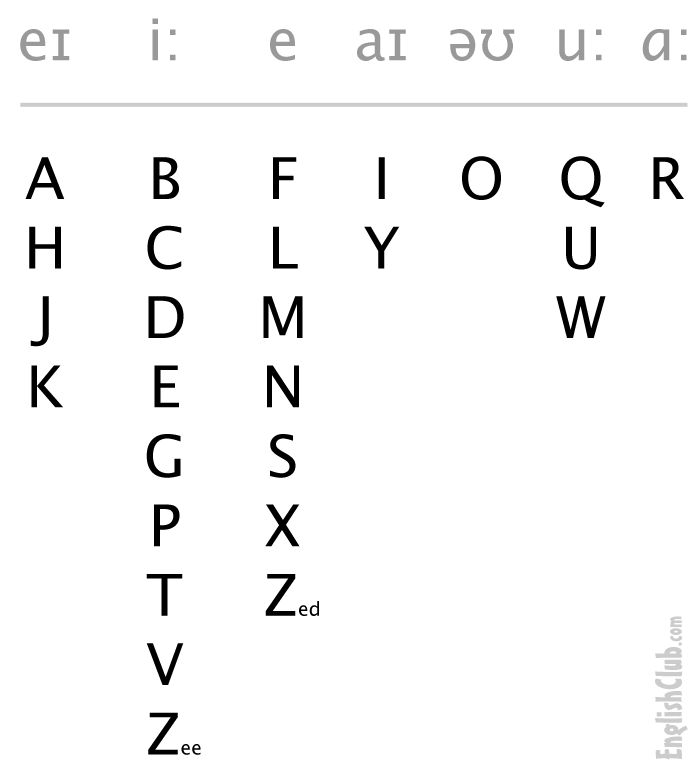 com: English
Pronunciation, Seattle, WA
com: English
Pronunciation, Seattle, WA
English online with Speak Method
Letter Sounds: How to Teach the Alphabet
Leave a Comment
- Share
- Tweet
Learning the alphabet typically occurs in steps, beginning with knowing the letter names. It typically begins with learning the ABC song, followed by identifying upper- and lower-case letters as well as different print styles (“a” and “g”). Lastly, a child must learn that each letter represents a sound.
Letter-Sounds
A child must learn each letter’s most common sound first. The table below contains each letter’s common sound as well as an example. If you click on the image above, you will get a PDF file containing alphabet flashcards.
| Letter | Sounds | Example | Letter | Sounds | Example |
|---|---|---|---|---|---|
| A | /a/ | apple | B | /b/ | book |
| C | /k/ | cat | D | /d/ | dog |
| E | /e/ | egg | F | /f/ | fish |
| G | /g/ | goat | H | /h/ | hat |
| I | /i/ | igloo | J | /j/ | jump |
| K | /k/ | kite | L | /l/ | love |
| M | /m/ | mouse | N | /n/ | nail |
| O | /o/ | octopus | P | /p/ | pig |
| Q | /kw/ | queen | R | /r/ | rabbit |
| S | /s/ | sun | T | /t/ | tiger |
| U | /u/ | up | V | /v/ | van |
| W | /w/ | win | X | /ks/ | fox |
| Y | /y/ | yarn | Z | /z/ | zebra |
Both of my children learned each letters common sound using alphabet flashcards and a DVD – Leap Frog: Letter Factory
. There are many free apps and computer games that also help a child learn the letter sounds.
There are many free apps and computer games that also help a child learn the letter sounds.
How to Teach the Alphabet
Educators recommend introducing the “easy” consonants first (high frequency & contrast) and then the short vowels. As noted in the table below, some sounds are more prevalent than others.
| Frequency | Consonant Sounds |
|---|---|
| Very Common (28% – 53%) | R, T, N, L & S -/s/ |
| Common (14% – 27%) | D, C-/k/, M, P & B |
| Less Common (3% – 9%) | F, V, G – /g/, H, J, K & W |
| Rare (Less than 2%) | Z, X-/ks/, Q-/qu/, and Y |
Some educators recommend introducing a few consonants and a short vowel so simple words can be formed. If you introduced the letters a, m, s and t, you could form words, e.g., am, as, at, sat & mat. This approach can form more words than if you introduce the letters in alphabetical order.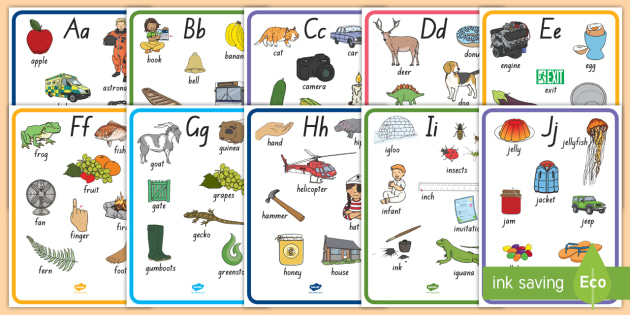
When selecting a few consonants, do not group confusing letters together, e.g., b/p, d/q, b/d, p/q, m/w & u/n. The following consonants are considered easy consonants (high frequency/contrast): T, N, R, M, D, S, L, C, P, B, F & V.
Related Articles
- Alphabet Coloring Pages
- Alphabet Activities
- Alphabet Worksheets
- How to Learn the Alphabet
- How to Write Your Name
Sources:
Fry, E.B., Ph.D. & Kress, J.E., Ed.D. (2006). The Reading Teacher’s Book of Lists 5th Edition. San Francisco, CA: Jossey Bass.
Rath, L.K., Ed.D & Kennedy, L. (2004). The Between the Lions Book for Parents. New York, NY: Harper Collins.
Vaugh, S & Linan-Thompson, S (2004). Research-Based Methods of Reading Instruction. Alexandria, VA: ASCD.
Reader Interactions
Alphabet / Sounds and Letters / Russian language guide for elementary school
- Main
- Handbooks
- Primary school Russian language guide
- Sounds and letters
- Alphabet
The alphabet is all the letters of the Russian language, arranged in a certain order.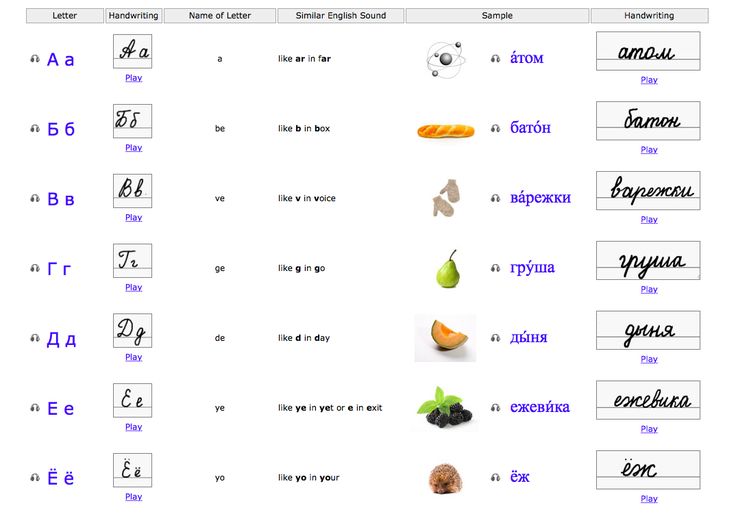 Each letter has its place and its name.
Each letter has its place and its name.
There are 33 letters in the Russian alphabet . Of these, 10 vowels ( a, e, ё, i, o, y, s, e, yu, i ) and 21 consonant d, k, l, m, n, p, r, s, t, f, x, c, h, w, u ).
b and b the signs do not refer to vowels or consonants, b is used to indicate the softness of a consonant, and b is used to separate.
Letters of the Russian alphabet:
Capital alphabet of the Russian language:
Share with your friends on social networks:
We advise you to look:
Vowel sounds and letters denoting them
Consonant sounds and letters denoting them
Syllable
Stress
Phonetic analysis
Sounds and letters 7 The rule is found in the following exercises:
1st class
Page 55, Kanakina, Goretsky, Textbook nine0017
Page 26, Kanakina, Goretsky, Workbook
Exercise 92, Klimanov, Makeeva, Textbook
Exercise 11, Polyakova, Textbook
Exercise 57, Polyakova, Textbook
Exercise 58, Polyakova, Textbook nine0017
exercise 60, Polyakova, Textbook
Exercise 62, Polyakova, Textbook
Exercise 63, Polyakova, Textbook
Exercise 1, Churakova, Textbook
2nd class
Exercise 125, Kanakina, Goretsky, Textbook, part 1 nine0017
Exercise 76, Kanakina, Workbook, part 1
Exercise 80, Kanakina, Workbook, part 1
Exercise 81, Kanakina, Workbook, part 1
Exercise 96, Kanakina, Goretsky, Textbook, part 2
Exercise 45, Klimanov, Babushkina, Textbook, part 1
Exercise 23, Klimanova, Babushkina, Workbook, part 1
Exercise 26, Polyakova, Textbook, part 1
Exercise 147, Buneev, Buneeva, Pronina, Textbook
Exercise 153, Buneev, Buneeva, Pronina, Textbook
Grade 3
Exercise 234, Kanakina, Goretsky, Textbook, part 1
Exercise 86, Kanakina, Workbook, part 1
Exercise 138, Kanakina, Workbook, part 1 nine0017
Exercise 148, Kanakina, Workbook, part 1
Exercise 157, Kanakina, Workbook, part 1
Exercise 32, Klimanova, Babushkina, Workbook, part 1
Exercise 79, Klimanova, Babushkina, Workbook, part 1 nine0017
Exercise 161, Polyakova, Textbook, part 1
exercise 30, Buneev, Buneeva, Pronina, Textbook, part 1
4th grade
Exercise 61, Kanakina, Goretsky, Textbook, part 1
Exercise 63, Kanakina, Goretsky, Textbook, part 1 nine0017
Exercise 98, Kanakina, Goretsky, Textbook, part 1
Exercise 14, Buneev, Buneeva, Pronina, Textbook, part 1
5th grade
Exercise 296, Ladyzhenskaya, Baranov, Trostentsova, Grigoryan, Kulibaba, Textbook, part 1
Exercise 491, Ladyzhenskaya, Baranov, Trostentsova, Grigoryan, Kulibaba, Textbook, part 2 nine0017
Exercise 17, Razumovskaya, Lvova, Kapinos, Textbook
exercise 30, Razumovskaya, Lvova, Kapinos, Textbook
Exercise Problem page 15, Alexandrova, Rybchenkova, Glazkov, Lisitsin, Textbook, part 1
Exercise 25, Alexandrova, Rybchenkova, Glazkov, Lisitsin, Textbook, part 1 nine0017
Exercise 26, Alexandrova, Rybchenkova, Glazkov, Lisitsin, Textbook, part 1
Exercise 27, Alexandrova, Rybchenkova, Glazkov, Lisitsin, Textbook, part 1
Exercise 28, Alexandrova, Rybchenkova, Glazkov, Lisitsin, Textbook, part 1
Exercise Review § 10 pp. 38-39, Alexandrova, Rybchenkova, Glazkov, Lisitsin, Textbook, part 1
38-39, Alexandrova, Rybchenkova, Glazkov, Lisitsin, Textbook, part 1
Grade 8
Exercise 368, Razumovskaya, Lvova, Kapinos, Textbook
letters and sounds in Russian (with audio)
4Mar 03/21/2022What letters and sounds are there in Russian? Which letters represent which sounds? What is the difference between soft and hard consonants? When is a consonant hard and when is it soft? Why do we need soft (b) and hard signs (b)? nine0016
Want to find answers to all these questions? Then read on!
Below you will find an interactive Russian alphabet with audio. For each letter [in square brackets], the sounds that it can stand for are indicated, as well as examples of words with this letter.
And here, for sure, you will immediately have two questions:
№1 Why do some letters have two sounds?
This is a feature of the Russian language.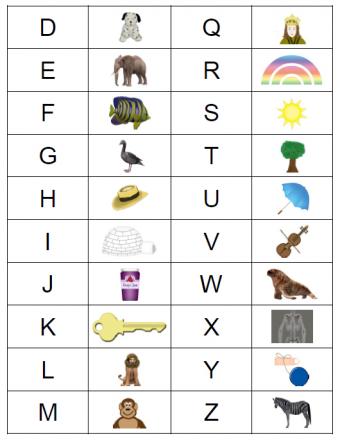 Some letters can represent two different sounds: a hard and a soft consonant. To clearly demonstrate this principle, I specially selected two examples for such letters: one with a hard consonant, and the other with a soft consonant. nine0017
Some letters can represent two different sounds: a hard and a soft consonant. To clearly demonstrate this principle, I specially selected two examples for such letters: one with a hard consonant, and the other with a soft consonant. nine0017
№2 Why are no sounds shown for "ь" and "ъ"?
These are soft and hard signs. By themselves, they do not represent any sounds. They show us how to read the previous consonant: a consonant before a hard sign will be hard, and a consonant before a soft sign will be soft.
Also, sometimes we need to separate a consonant from a vowel, and for this we will write one of these signs between them. This is how we distinguish, for example, the words “seed” [s′ém′ʌ] and “family” [s′im′jʌ́]. nine0017
Now, when you listen to the audio, pay attention to these pronunciation features.
But how do you know when a consonant is hard and when soft?
Very easy! You need to look at the next letter.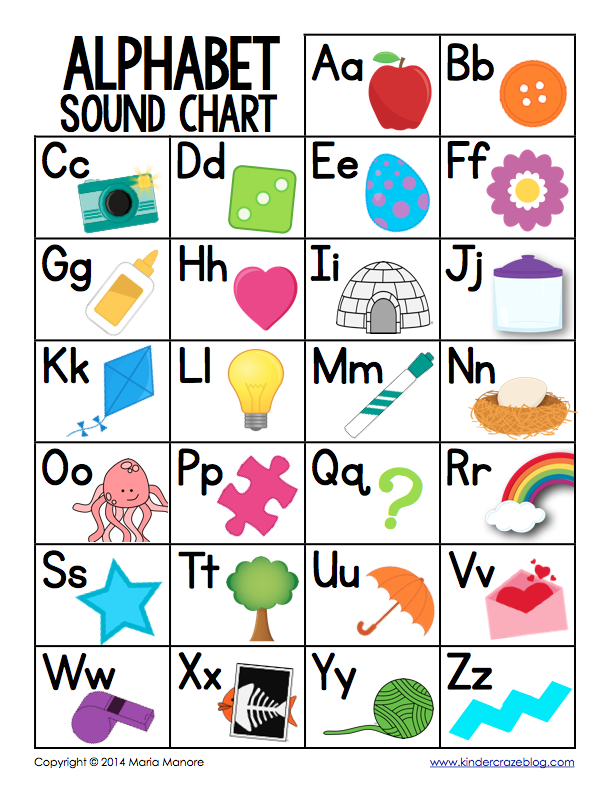
- Before with a hard sign (Kommersant) , before other consonants and before the vowels A , O , U E, s consonant - hard .
- Before soft sign (b) and in front of the vowels I , ё , U , , and 9022
Ref: consonant w , w , c 90 016 -
See? This [th]-component makes the consonant soft!
Finally, let's move from theory to practice! Try to read these words. Do you understand them?
Pineapple, vase, banana, guitar, rocket, moon, mom, dad, hello, music, matryoshka, hat, lamp, movie, coffee, tea, lemon, chair, Saturday, dollar, ruble, Italy, America, Spain .

